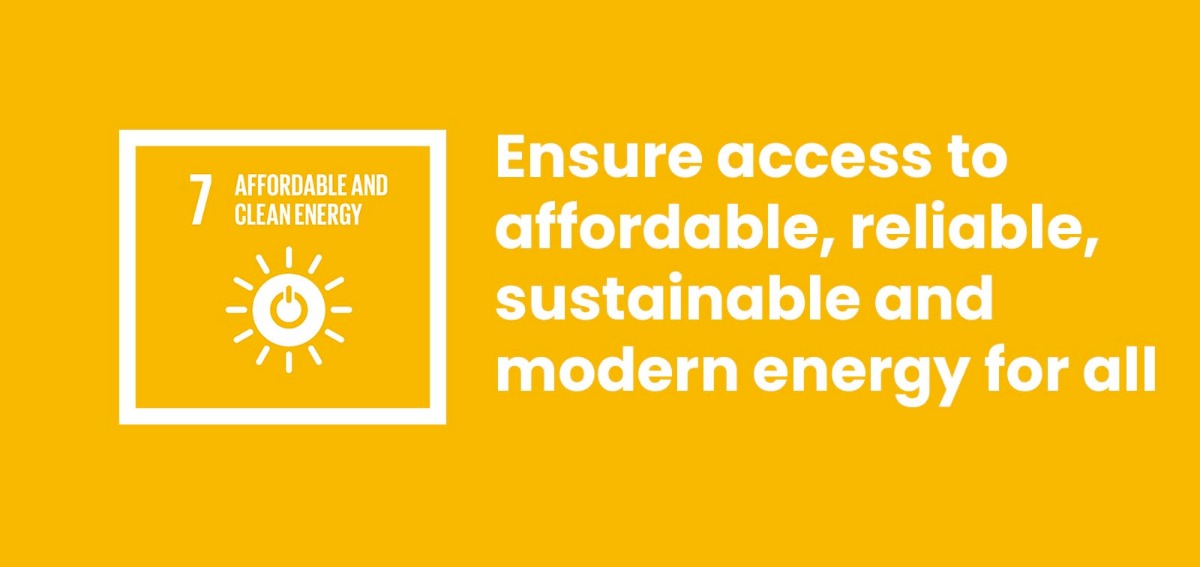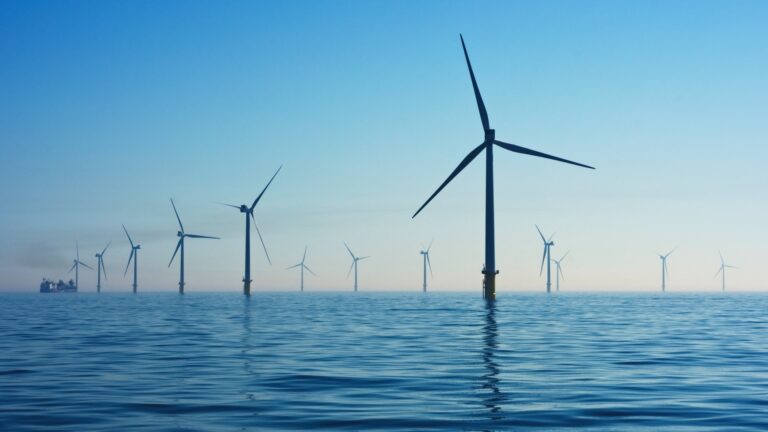By Dr Atul Choudhary
The Sustainable Development Goals (SDGs) known as Global Goals are a collection of 17 global goals and associated 169 targets (with effect from January 01st, 2016) with a target of 2030. It was decided in the 70th Session of the United Nations (UN) General Assembly held on 15th September 2015 in New York.
Some burning problems
- India (undergoing a massive economic lockdown) purchases around ₹ 7 Lakh Crores of crude oil annually.
- India is the world’s 6th highest consumer of crude oil.
- Due to such high imports, we face high Trade and Fiscal deficit thus, impacting our GDP.
- Out of the World’s top 20 most polluted cities, 15 are in India.
Solution– Only shouting will not solve the purpose
- EV (Electric Vehicle) Policy should now be brought up by Central / State Governments
- Recent one is of Switch Delhi Policy by GNCTD (Government of National Capital Territory of Delhi) on Feb 05th, 2021 to encourage the use of Electric Vehicles in Delhi which provides subsidy of 1.5 Lakh to 2,3 & 4-Wheeler vehicles along with Zero Road Tax & Zero Registration Fees
Central Government initiatives in EV policy
- Ethanol (made from Sugarcane) 10% allowed to be blended in Petrol. Proposed for E20%. Methanol (made from Coal) 15% allowed to be blended in Petrol/Diesel
- GOI removed the central excise duty on ethanol in the year 2015, while reducing the GST duty from 18 per cent to 5 per cent in the year 2018 so that farmers could benefit from ethanol blending of petrol. Under the new fuel policy, the use of sugarcane juice, raw sugar, molasses and rotten food grains have also been allowed to be used in producing ethanol. Shri Amit Shah apprised that when the Modi government assumed office, there was 1.58 percent ethanol blending, which the Modi government has targeted to increase to 10 percent by 2022 and 20 percent by 2025. It can solve our stubble burning issue.
- Proposal for 100 Bio-Digesters in Ganga to extract Methane & then remove CO2 from it to get Bio-CNG
- India’s Kochi International Airport – the world’s first fully solar powered airport
- Railways Energy – Net Zero Carbon Emission Railway by 2030. To achieve this, Indian Railways has developed a mega plan for installing solar plants of 20 GW capacity by utilizing its vacant land by 2030.
- Kevadiya station is India’s first railway station with a Green Building Certification.
- With the ambitious plan of achieving 100% electrification for Railways by the year 2023, Indian Railways energy consumption is set to become more than 33 billion units by 2030 from its current annual requirement of about 20 billion units.
- Indian Railway has 51,000 hectare of land potential of installing 20 GW land based solar plants.
- Rewa Solar Park: constructed on 1500 Ha having 750 MW energy capacity. 15 Lakh Tonnes less carbon emission. Asia’s largest solar park.
- The Hybrid Renewable Energy Park near Vighakot village in the district of Kutch in Gujarat will be the country’s largest renewable energy generation park. It will lead to the generation of renewable energy to the tune of 30 GW. Spread over 72,600 hectares of land (world’s largest), the park will have a dedicated hybrid park zone for wind and solar energy storage, as well as exclusive zone for wind park activities. Per Year, it will prevent almost 5 Crore Tonnes CO2 emission and if seen from environmental perspective it will be equivalent to plant almost 9 crore trees.
- GOI’s target is 100 GW of solar energy & 175 GW in total renewable energy till 2022 now upgraded to 450 GW till 2030
- SATAT (Sustainable Alternative Towards Affordable Transportation) initiative for boosting production and availability of CBG as an alternative and affordable clean fuel for the transportation sector was launched by the Government of India on 1.10.2018. The scheme envisages setting up 5000 CBG plants by FY 2023-24. A total of 5000 CBG plants with an approximate investment of Rs. 2 lakh crores are envisaged.
- Compressed Bio-Gas (CBG). The government of India provides Technical Assistance to every District and financial support of up to ₹50 lakhs per district to achieve safe disposal of cattle and organic waste. URL – http://sbm.gov.in/gbdw20/
- Gobardhan scheme was launched in early 2018 to manage the prevailing issues of bio-waste in villages including cattle waste and converting them into biogas and organic manure to improve the lives of villagers by providing economic and resource benefits to farmers and households.
- Apart from this recently CNG Trains, CNG Tractors, Electric Bikes have also been launched
- Solar energy is already contributing around 2.8% of global electricity
Industrial Units in Delhi
- The new formed Commission for Air Quality Management in NCR and its adjoining areas took upon the switching over the industrial units in Delhi to cleaner fuels as one of the priority action item.
- In this pursuit, 1627 industrial units spread across 50 industrial areas in Delhi were identified to switch over to PNG which has been made available at the doorstep of all these 1627 industrial units and 1607 industrial units have already switched over to use of PNG in lieu of more polluting conventional approved fuels. The balance 20 industrial units which are presently running on LPG, are also expected to be switched over to PNG by the end of February 2021.
- Delhi thus have all its industrial units operating on cleaner fuels.
Finally, after analysing all the facts and figures, at least we could be rest assured that GOI has finally started thinking about this concern however, strict and fast actions are required now to compete globally.




